While many dog breeds are well-equipped to handle the cold, with thick coats and hardy constitutions, others are not as fortunate. Some breeds are naturally predisposed to thriving in warmer climates, and when exposed to cold weather, they can struggle to maintain their body temperature. These breeds often have thin coats, small body sizes, or physical characteristics that make them vulnerable to the cold. Owners of these dogs must take extra precautions to keep their pets warm and comfortable during colder months. In this article, we will explore 14 dog breeds that are least tolerant of cold weather. These breeds range from the popular to the more obscure, but they all share one thing in common: they are not built for the cold and require special care when temperatures drop.
14. Italian Greyhound
The Italian Greyhound is a small, elegant breed that is known for its sleek and slender body. With a short, thin coat and little body fat, this breed is particularly vulnerable to cold weather. Italian Greyhounds have a history rooted in warmer Mediterranean climates, which means they are naturally more accustomed to heat than cold. Their lack of an insulating undercoat makes them highly sensitive to temperature changes, and even a mild chill can cause them discomfort. In cold weather, Italian Greyhounds may shiver or become reluctant to go outside. Owners must ensure these dogs are properly dressed in warm clothing when venturing outdoors during the colder months. Additionally, keeping them indoors in a warm environment is essential to prevent hypothermia or other cold-related health issues.
13. Chihuahua
The Chihuahua is the smallest dog breed in the world, and its tiny size makes it especially vulnerable to cold weather. With a minimal amount of body fat and a short coat, Chihuahuas struggle to retain body heat when temperatures drop. This breed originated in the warm climate of Mexico, where cold weather is not a concern. As a result, Chihuahuas are ill-suited to handle the cold and can become chilled quickly. Even indoor Chihuahuas may need extra warmth in the form of blankets or heated beds during the winter months. When taking a Chihuahua outside in cold weather, it is important to dress them in a warm coat or sweater to protect them from the cold. Prolonged exposure to cold weather can lead to health problems such as hypothermia, making it crucial to limit their time outdoors in low temperatures.

12. Chinese Crested
The Chinese Crested is a unique breed that comes in two varieties: Hairless and Powderpuff. The Hairless variety, as the name suggests, has very little hair, often just a tuft on the head, tail, and feet. This lack of fur makes the Hairless Chinese Crested extremely sensitive to cold weather. Without the protection of a full coat, these dogs are at a high risk of hypothermia in cold climates. The Powderpuff variety has a soft, double coat but is still not as cold-tolerant as other breeds with thicker, denser fur. Both varieties of Chinese Crested are best suited for warmer environments and should be kept indoors during the winter months. When they do go outside, they should be dressed in warm, protective clothing to shield them from the cold. Owners should also ensure that their homes are adequately heated to keep their Chinese Crested comfortable year-round.
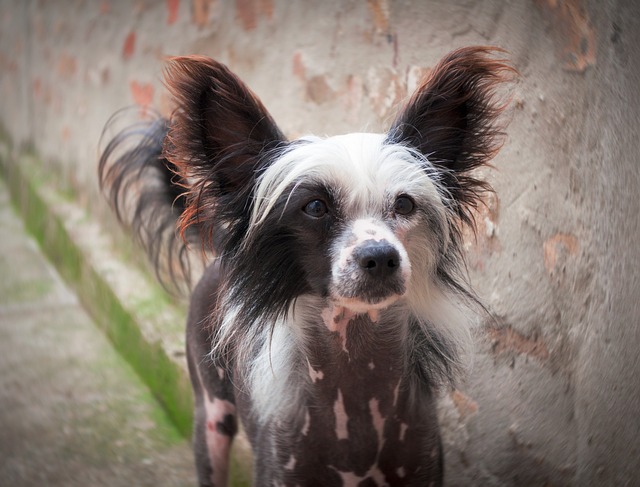
11. Whippet
Whippets are another sighthound breed known for their speed and sleek appearance. Like the Italian Greyhound, Whippets have a short, thin coat that offers little protection against cold weather. These dogs were bred for hunting and racing in milder climates, and their bodies were not designed to withstand the cold. Whippets have a low percentage of body fat, which further reduces their ability to retain heat. In cold weather, they may shiver, refuse to go outside or seek out warm spots in the house. To keep a Whippet comfortable during the winter, owners should provide them with warm clothing when outside and ensure they have a cozy, heated bed indoors. Limiting their time outside in cold weather is also important to prevent them from getting too cold.
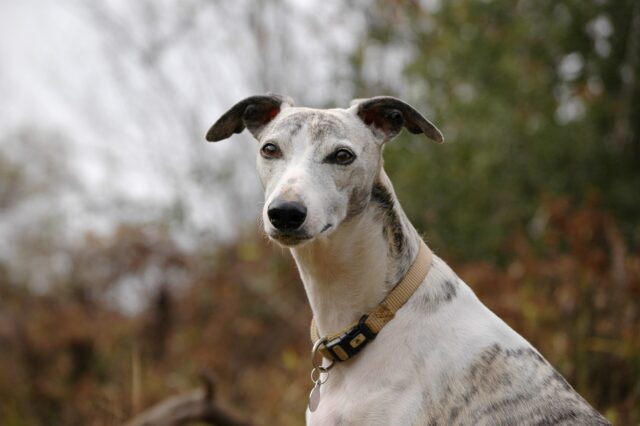
10. Greyhound
The Greyhound is a large, lean breed known for its incredible speed and agility. Despite their size, Greyhounds have very little body fat and a short, thin coat, making them poorly suited to cold weather. This breed was originally bred for hunting and racing in milder climates, and they are not equipped to handle the cold. Greyhounds can become cold very quickly, even in temperatures that might seem mild to other breeds. When exposed to cold weather, Greyhounds may shiver or refuse to go outside. It is essential for owners to provide them with warm clothing when venturing outdoors and to limit their time in the cold. Indoors, Greyhounds should have access to warm, comfortable bedding and a well-heated environment to keep them safe and comfortable during the winter months.
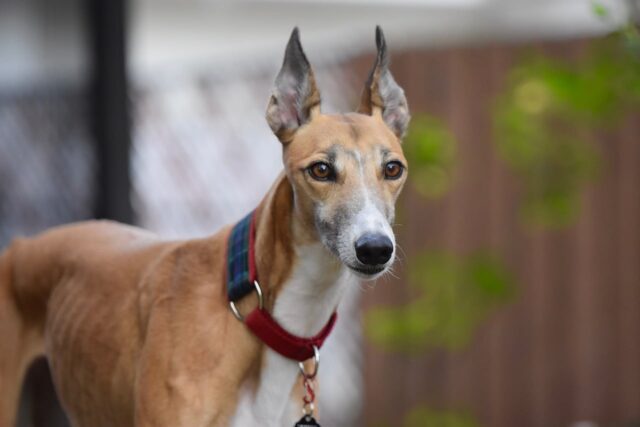
9. Miniature Pinscher
The Miniature Pinscher, often referred to as the “Min Pin,” is a small, energetic breed with a sleek, short coat. Originating in Germany, this breed was developed as a watchdog and rat hunter. Despite their strong and confident demeanor, Miniature Pinschers are not well-suited for cold weather. Their short coat provides little insulation against the cold, and their small size makes it difficult for them to retain body heat. In colder climates, Min Pins are prone to shivering and may become anxious or reluctant to go outside. To protect them from the cold, owners should dress them in warm clothing when taking them outdoors and provide them with a cozy, heated bed indoors. It is also important to keep their time outside to a minimum during cold weather to prevent them from becoming too cold.

8. Toy Poodle
The Toy Poodle is a small, intelligent breed known for its curly coat and lively personality. While Poodles have a dense, curly coat that provides some protection against the cold, Toy Poodles, in particular, are less tolerant of cold weather due to their small size. These dogs have a higher surface area-to-volume ratio, which means they lose heat more quickly than larger dogs. Additionally, Toy Poodles are often groomed with shorter haircuts, which can leave them more exposed to the cold. In colder climates, Toy Poodles may shiver, seek out warm spots in the house, or become reluctant to go outside. To keep a Toy Poodle comfortable in the winter, owners should consider leaving their coats longer, dressing them in warm clothing when outside, and providing a heated bed indoors. Regular grooming is also important to ensure their coat remains in good condition and provides adequate insulation.
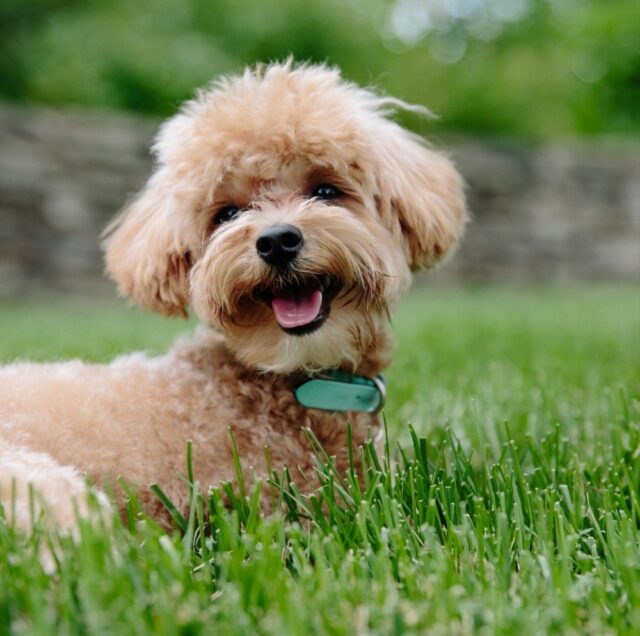
7. Basenji
The Basenji is a unique and ancient breed known for its lack of barking and its sleek, muscular body. Originating in Africa, the Basenji were bred for hunting in warm climates, and as a result, they are not well-suited to cold weather. This breed has a short, fine coat that provides minimal insulation against the cold. Basenjis are also known for their high energy levels, but in cold weather, they may become less active and seek out warm spots to rest. To protect a Basenji from the cold, owners should dress them in warm clothing when taking them outdoors and provide them with a cozy, heated bed indoors. It is also important to limit their time outside during cold weather to prevent them from becoming too cold. Basenjis are highly adaptable dogs, but they require extra care and attention in colder climates to ensure their comfort and well-being.
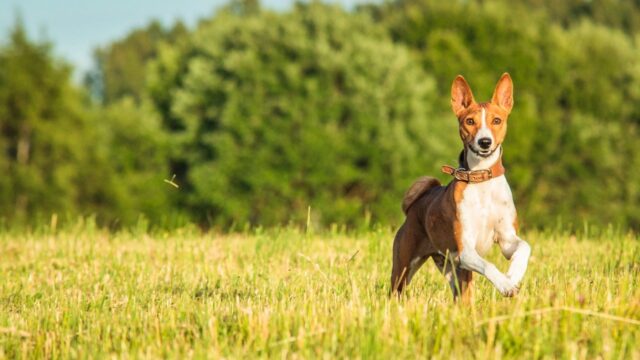
6. Pug
Pugs are small, sturdy dogs known for their wrinkled faces and charming personalities. While they may be robust in many ways, Pugs are not well-equipped to handle cold weather. This breed has a short, smooth coat that offers little protection against the cold, and their brachycephalic (short-nosed) structure can make it difficult for them to regulate their body temperature in extreme temperatures. Pugs are also prone to respiratory issues, which can be exacerbated by cold air. In colder climates, Pugs may shiver, seek out warm spots in the house, or become reluctant to go outside. To keep a Pug comfortable during the winter, owners should provide them with warm clothing when outside and ensure they have a cozy, heated bed indoors. It is also important to monitor their breathing and overall health during cold weather to prevent any complications.
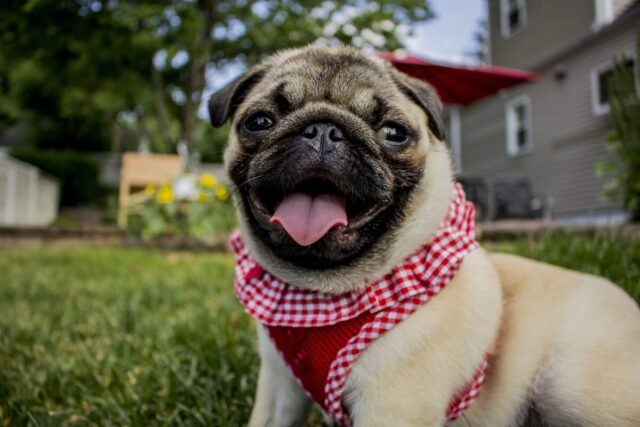
5. Dachshund
Dachshunds, also known as “wiener dogs” or “sausage dogs,” are a small breed with a long body and short legs. They are known for their bold personalities and playful nature, but their physical characteristics make them particularly vulnerable to cold weather. Dachshunds have a short, smooth coat that provides little insulation against the cold, and their long body and short legs mean they are closer to the ground, where it is often colder. In cold weather, Dachshunds may shiver, become anxious, or refuse to go outside. To protect a Dachshund from the cold, owners should dress them in warm clothing when taking them outdoors and provide them with a cozy, heated bed indoors. It is also important to limit their time outside during cold weather to prevent them from becoming too cold. Dachshunds are lively and affectionate dogs, but they require extra care in colder climates to ensure their comfort and well-being.
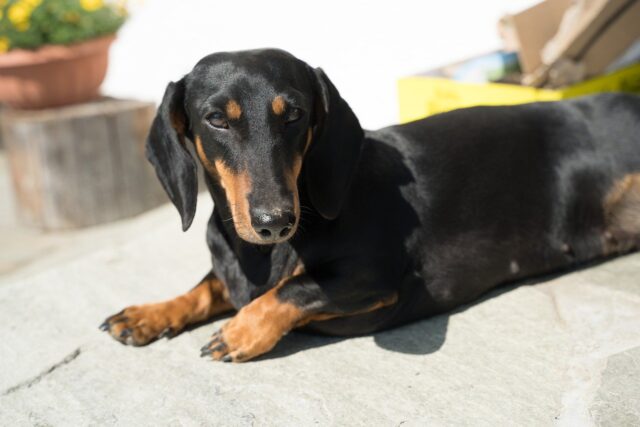
4. Boston Terrier
The Boston Terrier is a small, compact breed known for its tuxedo-like coat and friendly demeanor. Despite their robust appearance, Boston Terriers are not well-suited for cold weather. This breed has a short, smooth coat that offers little protection against the cold, and their brachycephalic (short-nosed) structure can make it difficult for them to regulate their body temperature in extreme temperatures. In colder climates, Boston Terriers may shiver, seek out warm spots in the house, or become reluctant to go outside. To keep a Boston Terrier comfortable during the winter, owners should provide them with warm clothing when outside and ensure they have a cozy, heated bed indoors. It is also important to monitor their breathing and overall health during cold weather to prevent any complications. Boston Terriers are affectionate and playful dogs, but they require extra care in colder climates to ensure their comfort and well-being.
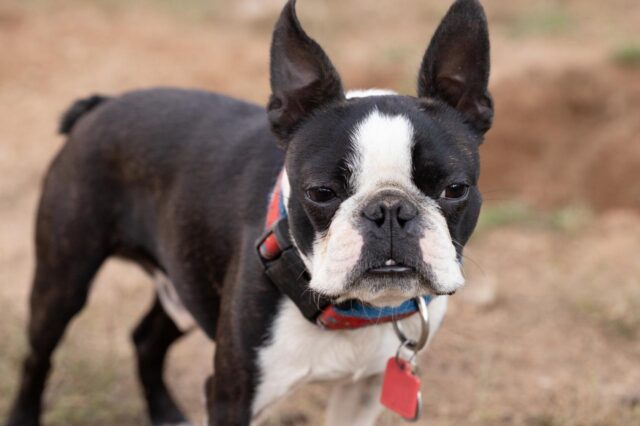
3. French Bulldog
French Bulldogs, often referred to as “Frenchies,” are a popular small breed known for their distinctive bat-like ears and affectionate nature. While French Bulldogs are sturdy and muscular, they are not well-equipped to handle cold weather. This breed has a short, smooth coat that provides little insulation against the cold, and their brachycephalic (short-nosed) structure can make it difficult for them to regulate their body temperature in extreme temperatures. French Bulldogs are also prone to respiratory issues, which can be exacerbated by cold air. In colder climates, French Bulldogs may shiver, seek out warm spots in the house, or become reluctant to go outside. To keep a French Bulldog comfortable during the winter, owners should provide them with warm clothing when outside and ensure they have a cozy, heated bed indoors. It is also important to monitor their breathing and overall health during cold weather to prevent any complications.
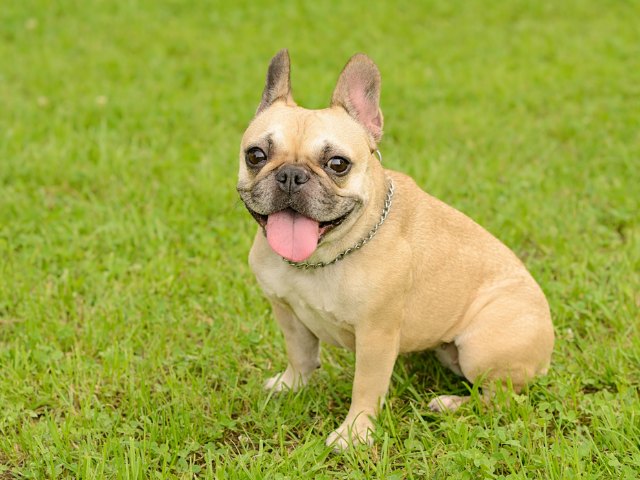
2. Yorkshire Terrier
Yorkshire Terriers, or “Yorkies,” are a small breed known for their long, silky coats and lively personalities. Despite their luxurious fur, Yorkies are not well-suited to cold weather. This breed has a single coat of hair, rather than a double coat of fur, which provides minimal insulation against the cold. Additionally, their small size makes it difficult for them to retain body heat, and they can become chilled quickly in cold weather. In colder climates, Yorkies may shiver, seek out warm spots in the house, or become reluctant to go outside. To keep a Yorkie comfortable during the winter, owners should provide them with warm clothing when outside and ensure they have a cozy, heated bed indoors. It is also important to keep their coat well-groomed, as matted hair can reduce the coat’s insulating properties. Yorkies are spirited and affectionate dogs, but they require extra care in colder climates to ensure their comfort and well-being.
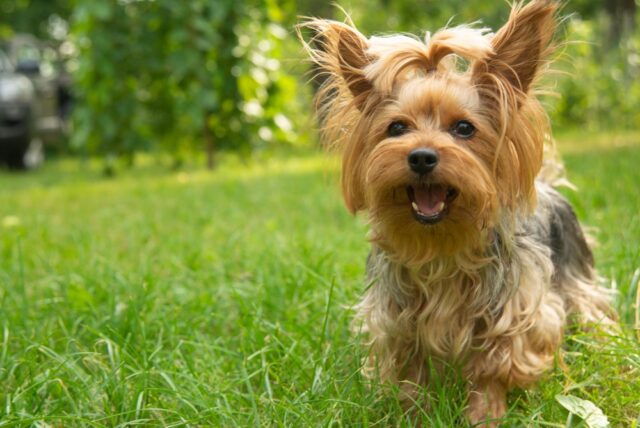
1. Xoloitzcuintli
The Xoloitzcuintli, also known as the “Xolo” or Mexican Hairless Dog, is an ancient breed that dates back to the Aztec civilization. This breed comes in three sizes—toy, miniature, and standard—and is either hairless or has a short, smooth coat. The hairless variety, in particular, is extremely vulnerable to cold weather due to the lack of fur. Without the protection of a full coat, the Xolo is at high risk of hypothermia in cold climates. Even the coated variety has very short fur that provides minimal insulation. In cold weather, Xolos may shiver, seek out warm spots in the house, or become reluctant to go outside. To protect a Xolo from the cold, owners should dress them in warm clothing when taking them outdoors and provide them with a cozy, heated bed indoors. Additionally, Xolos should be kept indoors during the winter months to prevent cold-related health issues. This breed is well-suited to warmer climates, but with the right care, they can thrive in colder environments as well.
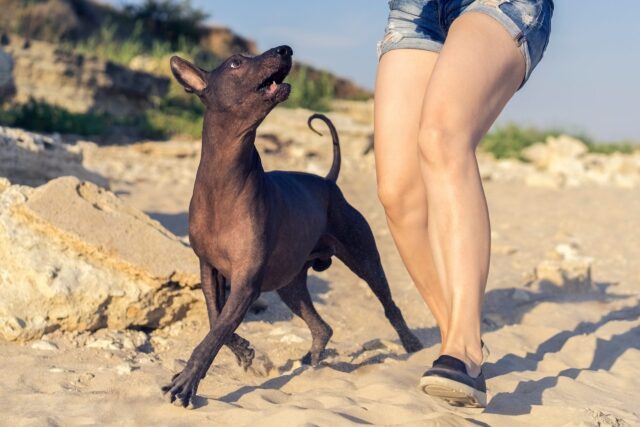
Ensuring Comfort in Cold Weather
These dog breeds, while unique and lovable, require extra attention during cold weather to ensure they stay comfortable and healthy. Whether through the use of warm clothing, heated beds, or simply keeping their outdoor time to a minimum, owners can help their dogs stay warm and safe when temperatures drop. While some breeds are naturally better suited to warmer climates, with the right care and attention, all dogs can enjoy the winter months without discomfort.
